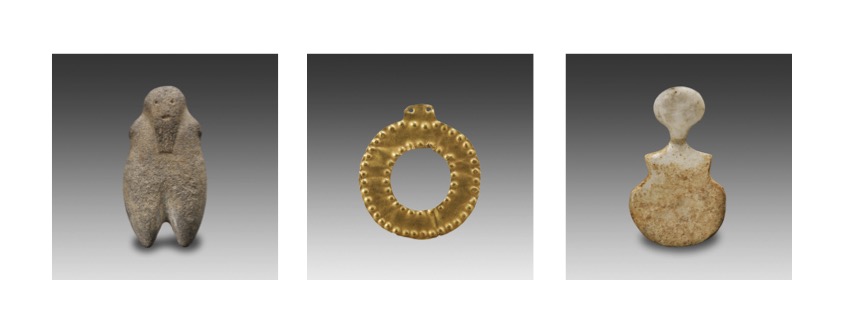
As soon as humans were able to think, they consistently observed and questioned the events unfolding around them. Unexpected or inexplicable phenomena – whether they were meteorological, astronomical or terrestrial – occurred, which they could not understand or control.
Since their lack of knowledge would not allow them to identify the cause of these events, they first started to classify them into two categories: on one hand, the favorable facts, on the other hand the harmful ones.
One could find in the first group the day, the sun or the rain, while the night and the storms that made humans more vulnerable were in the second category.
Over time, however, it turned out that this classification was too restrictive. Indeed, although the sun and the rain were a boon to agriculture, they became clearly disastrous in the years of drought or floods. This ambivalence naturally led humans to think that the sun, the rain, the day, the night, the stars, the wind and all other elements were actually supernatural beings, who had the power to either grant them protection or destroy them. The idea of “religion”, as Cicero defined it centuries later*, was born.
Humans started to worship these gods, with offerings and prayers for favors. They represented these deities, first using rough-hewn wood pieces and images drawn on the walls, and finally, as their culture developed, by more sophisticated art forms such as sculpture or painting.
When one admires the beautiful idols of fertility dated to prehistoric times or the sumptuous Cycladic marble idols, one of course wonders where does the idolatrous worship end and the superstition begin, or where is the boundary between art history and religious anthropology.
If they do not provide a comprehensive response to our questions, these idols are still a fascinating testimony of the sacred relationship between the man and the divine, and of his desire to find the key to understanding the world.
*The Latin term religio was defined for the first time by Cicero as “the proper performance of rites in veneration of the gods”.
By Martine Bouilloux

